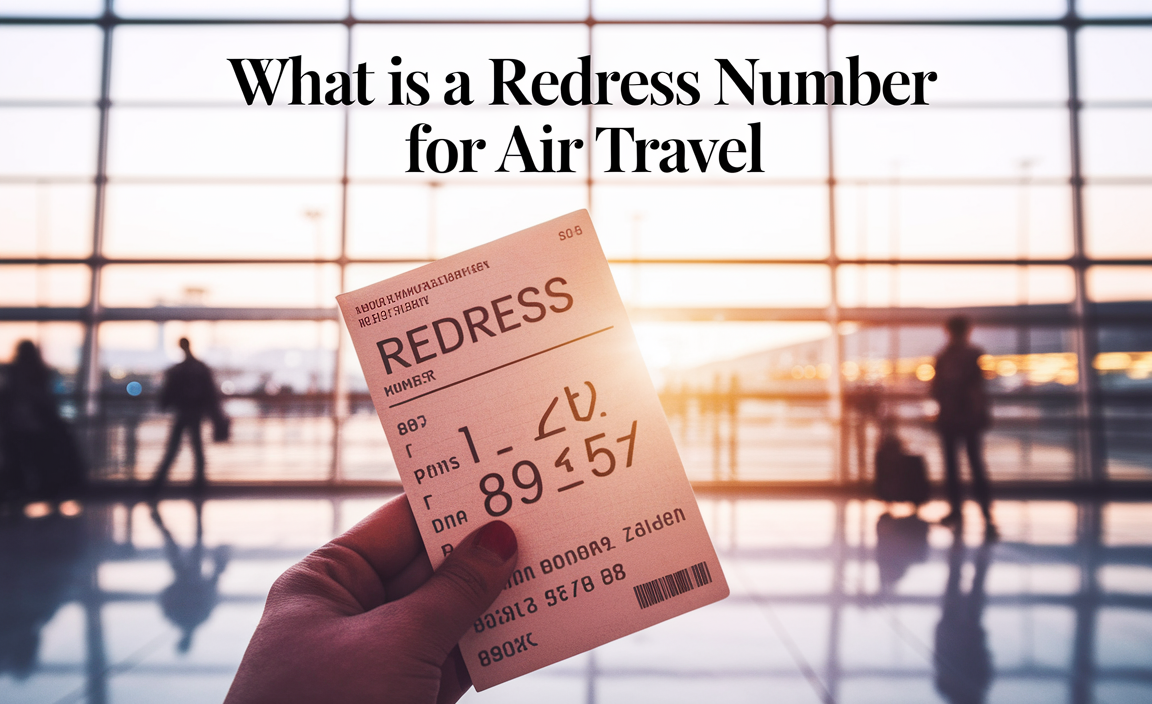The Amalfi Coast is a UNESCO World Heritage site renowned for its dramatic cliffs, pastel-hued villages clinging to hillsides, and breathtaking turquoise waters. For many, a trip to this iconic Italian destination conjures images of winding scenic drives and exploring charming, pedestrian-only piazzas.
However, the very features that make the Amalfi Coast so beautiful – its steep terrain and historic architecture – can present significant challenges for travelers with mobility impairments. This Amalfi Coast accessible travel guide aims to dispel the myth that this paradise is off-limits, offering insights and practical advice for planning a memorable and enjoyable visit for everyone.
While undeniably challenging, with careful planning and a willingness to adapt, experiencing the magic of the Amalfi Coast is absolutely achievable. The key lies in understanding the specific obstacles and knowing how to navigate them. From transportation and accommodation to activity choices, a proactive approach will unlock the region’s wonders.
Navigating the Terrain: Transportation and Mobility
The most famous way to experience the Amalfi Coast is by car, particularly the famously winding Amalfi Drive (SS163). While offering unparalleled views, this route is often congested, and parking is a premium, especially in peak season. For travelers with mobility challenges, self-driving might be stressful.
Accessible Transportation Options:
Private Transfers and Taxis: This is often the most practical and comfortable option. Many companies now offer specially adapted vehicles with ramps or lifts. Booking these in advance is crucial, especially for airport transfers from Naples. Ensure you specify your needs when booking to guarantee a suitable vehicle.
Ferries and Hydrofoils: Connecting the coastal towns like Sorrento, Positano, Amalfi, and Salerno, ferries offer a scenic and often less stressful way to travel between locations. Most ferry terminals have improved accessibility, with ramps often available. However, some smaller ports might still present challenges, so it’s wise to check the specific accessibility of each terminal beforehand. The journeys themselves offer stunning perspectives of the coast from sea level.
Local Buses (SITA Sud): While the SITA Sud bus system is a budget-friendly way to traverse the coast, it’s generally not considered accessible. Buses can be crowded, stops may not have accessible infrastructure, and boarding can be difficult with limited space and high steps.
Scooter/Wheelchair Rental Companies: Some towns may have local providers who can rent out mobility scooters or powered wheelchairs, offering a degree of independence for navigating flatter areas. Again, research and book these in advance.
Accommodation Considerations for Amalfi Coast Accessible Travel
Finding accessible accommodation on the Amalfi Coast requires meticulous research. Many historic buildings have not been modernized to meet current accessibility standards.
What to Look For:
Ground Floor or Elevator Access: Prioritize hotels or apartments on the ground floor, or those with functioning elevators large enough to accommodate a wheelchair.
Roll-in Showers and Grab Bars: Essential features for a comfortable stay. Don’t assume a bathroom is accessible; inquire about specific features like roll-in showers (versus a tub with a lip) and the presence of grab bars in the bathroom.
Level Access: Check for step-free entrances to the building and to your room. Balconies can also be a wonderful added luxury, but ensure they are accessible.
Location: Staying in more central areas of towns like Amalfi or Sorrento can reduce the need for extensive travel within the town itself. Positano, while incredibly picturesque, is notoriously steep and can be very challenging.
Many boutique hotels and charming B&Bs might not have the infrastructure. Consider searching for established hotels that have undergone recent renovations, as they are more likely to have invested in accessible features. Online booking platforms often have filters for accessibility, but always double-check directly with the property to confirm details.
Exploring Iconic Destinations with Accessibility in Mind
While the entire coast is a feast for the eyes, certain towns and attractions offer more accessible experiences than others.
Amalfi Town: A Hub for Accessible Exploration
Amalfi, named after the coast itself, is one of the most accessible towns. Its main piazza and waterfront area are relatively flat and easy to navigate.
The Duomo di Sant’Andrea: While the steps to the cathedral entrance can be numerous, there are often ramps or alternative entrances that can be used with assistance. The cloister of Paradise, adjacent to the cathedral, is generally more accessible.
Waterfront Promenade: The marina area is flat and perfect for a leisurely stroll, offering excellent views of the colorful buildings and the bustling harbor.
Paper Museum (Museo della Carta): This museum, detailing Amalfi’s historic paper production, is known for its efforts towards accessibility, often with ramps and elevators to access different levels.
Ravello: Views Without the Climb (Mostly)
Ravello is perched high above the coast, renowned for its spectacular gardens and panoramic views. While the town itself has some inclines, many of its main attractions are surprisingly manageable.
Villa Rufolo and Villa Cimbrone: These stunning villas with their famous gardens are must-visits. While some pathways within the gardens can be uneven, both villas have made significant efforts to improve access, with ramps and paved paths in key areas. The accessible routes often lead to the most breathtaking viewpoints.
Main Piazza: The central square is flat and a pleasant place to enjoy the atmosphere.
Positano: Scenic Beauty, Significant Challenge
Positano is arguably the most visually stunning but also the most challenging due to its extreme verticality. Descending to the beach and navigating the narrow, stepped alleyways can be very difficult.
Lower Levels and Beach Access: Focusing on the beach itself and the restaurants and shops immediately adjacent can offer a taste of Positano’s charm. Accessible boat tours that depart from the main beach can provide stunning views without requiring you to navigate the steep town.
Alternative Views: Consider enjoying the view of Positano from a boat or from a more accessible viewpoint along the coast to appreciate its unique layout.
Sorrento: Gateway to the Coast
Sorrento, while technically not on the Amalfi Coast itself, is its most common gateway and is significantly more accessible. Its flatter terrain, wider streets, and more modern infrastructure make it an excellent base for exploring the region.
Marina Grande and Marina Piccola: These areas are generally flat and offer beautiful seaside dining and walking opportunities.
Old Town: While some narrow streets exist, many areas of the historic center are navigable, particularly around the main shopping street, Corso Italia.
Activities and Sightseeing for All
Beyond simply reaching towns, consider accessible activities:
Boat Tours: Many boat tours offer opportunities to see the coastline from a unique perspective. Inquire about the boarding process and whether they can accommodate your needs. Small group tours might be more flexible.
Culinary Experiences: Focus on accessible restaurants in the main piazzas or waterfront areas. Many offer outdoor seating on level surfaces. Cooking classes are also becoming more accessible, with some offering adapted kitchens and instruction.
Relaxing at Accessible Beaches: While not all beaches have easy access, some of the larger beaches in towns like Amalfi or Salerno might have designated accessible areas or boardwalks leading to the sand.
Planning Your Amalfi Coast Accessible Travel
Success hinges on meticulous preparation:
1. Book in Advance: Especially for accessible accommodation and private transfers.
2. Communicate Your Needs Clearly: Don’t hesitate to detail your specific requirements with hotels, tour operators, and transfer services.
3. Research Thoroughly: Utilize online resources, accessible travel blogs, and directly contact venues.
4. Be Flexible: Some days might require a different approach. Having backup plans is always wise.
5. Consider the Shoulder Seasons: Spring (April-May) and Autumn (September-October) offer pleasant weather with fewer crowds, making navigation and access potentially easier.
The Amalfi Coast is a destination of unparalleled beauty, and with the right planning and resources, it can be enjoyed by everyone. This Amalfi Coast accessible travel guide is a starting point; empower yourself with information, embrace the journey, and prepare to be captivated by its enduring charm.







